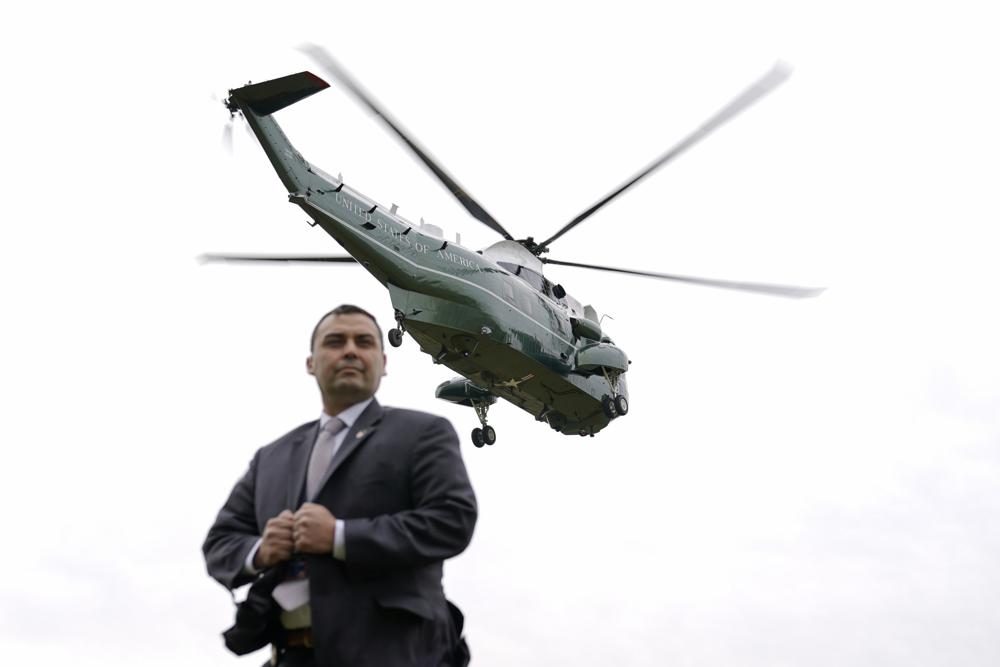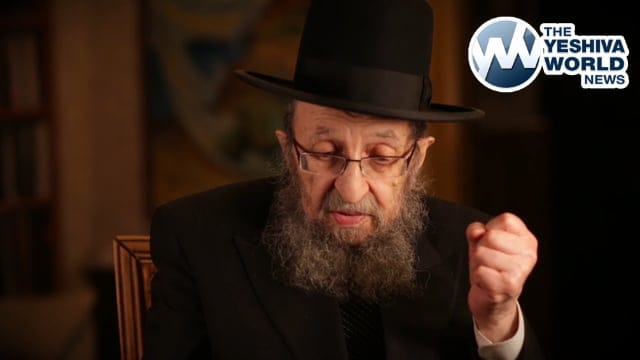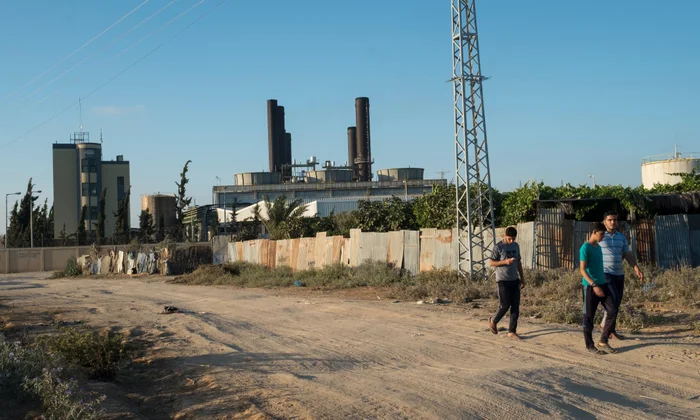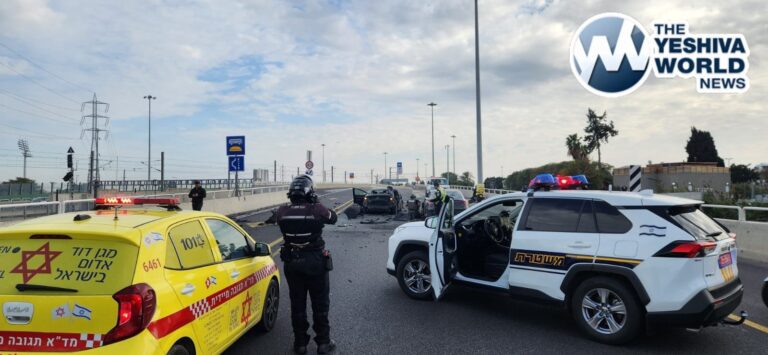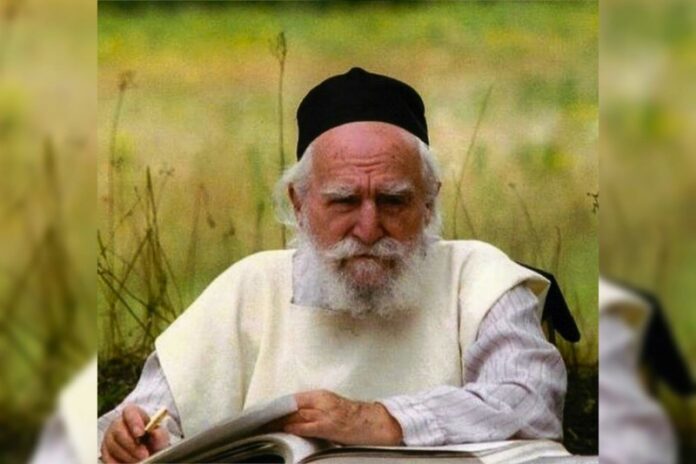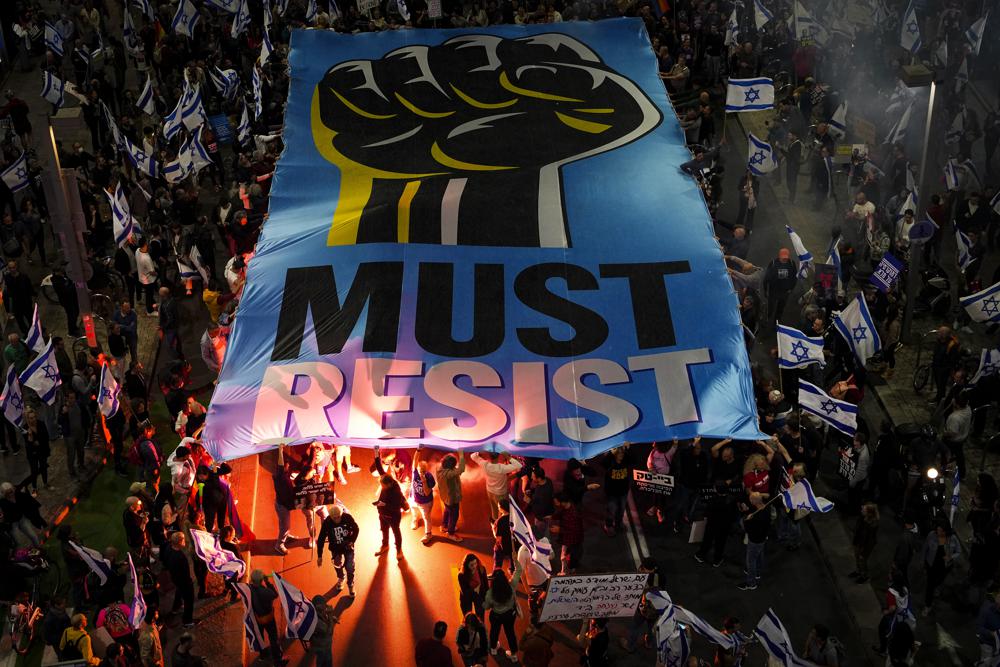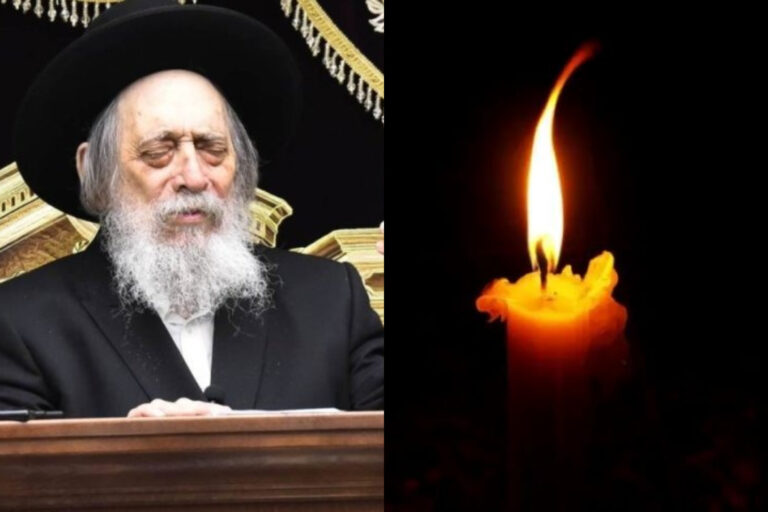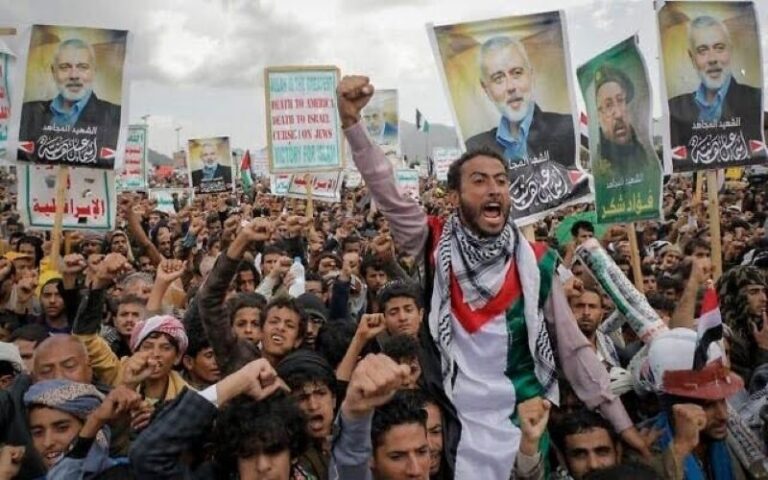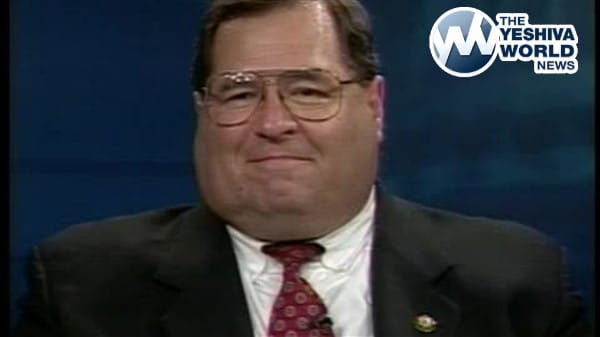U.S. President Joe Biden warned Thursday that Russia could still invade Ukraine within days and Russia expelled the No. 2 diplomat at the U.S. Embassy in Moscow, as tensions flared anew in the worst East-West standoff in decades.
NATO allies accused Russia of misleading the world by saying it was returning some troops to their bases but instead moved in thousands of new ones. The pullout pledge was among Russian gestures this week that briefly cooled temperatures. Russia is believed to have some 150,000 military forces around Ukraine’s borders, raising fears of a new war in Europe.
Tensions also spiked along the line separating Ukrainian forces from Russia-backed separatists in the country’s east, with both sides trading accusations of intensive shelling in a long-simmering conflict that has killed 14,000 people.
In a surprise blow to diplomacy, Russia ordered the deputy chief of mission at the U.S. Embassy in Moscow, Bart Gorman, to leave the country, the State Department said. It called the move “unprovoked” and “an escalatory step.” Russia did not say why he was expelled.
Concerns escalated in the West over what exactly Russia is doing with its troops around Ukraine — including an estimated 60% of the overall Russian ground forces — and about President Vladimir Putin’s overall intentions.
Speaking at the U.N. Security Council on the crisis, U.S. Secretary of State Antony Blinken sketched out in graphic detail how Washington contends any Russian attack would begin and unfold, revealing some conclusions of U.S. intelligence in a strategy the U.S. and Britain have hoped will expose and pre-empt any invasion planning. The U.S. has declined to reveal much of the evidence underlying its claims.
A sudden, seemingly violent event staged by Russia to justify invasion would kick it off, Blinken told U.N. diplomats.
“We don’t know exactly” the pretext — a “so-called terrorist bombing” inside Russia, a staged drone strike, “a fake, even a real attack … using chemical weapons,” he said.
It would open with cyberattacks, along with missiles and bombs across Ukraine, he said. Painting the U.S. picture further, Blinken described the entry of Russian troops, advancing on Kyiv, a city of nearly 3 million, and other “key targets that have already been identified and mapped out.”
U.S. intelligence indicated Russia also would target “specific groups” of Ukrainians, Blinken said, again without giving details.
In an implicit nod to Secretary of State Colin Powell’s appearance before the Security Council in 2003, when he cited unsubstantiated and false U.S. intelligence to justify the U.S. invasion of Iraq, Blinken added: “Let me be clear. I am here today not to start a war, but to prevent one.”
Biden’s own comments on the Russian threat also were some of his starkest to date, suggesting the administration’s perilous assessment of the situation.
Speaking at the White House, he said Washington saw no signs of a Russian withdrawal, and said the threat of invasion remains “very high” because Russia has moved more troops toward the border with Ukraine instead of pulling them out.
“Every indication we have is they’re prepared to go into Ukraine, attack Ukraine,” he told reporters. He said the U.S. has “reason to believe” that Russia is “engaged in a false flag operation to have an excuse to go in,” but did not provide details.
Biden also said he had “no plans” to speak soon with Putin.
Russia held out an offer of diplomacy, handing the U.S. a response Thursday to offers to engage in talks on limiting missile deployments in Europe, restrictions on military drills and other confidence-building measures.
The response, released by the Foreign Ministry, deplored the West’s refusal to meet the main Russian security and demands and reaffirmed that Moscow could take unspecified “military-technical measures” if the U.S. and its allies continue to stonewall its concerns.
At the same time, it said Russia was ready to discuss limits on missile deployments, restrictions on patrol flights by strategic bombers and other confidence-building steps.
Russia denies it is plotting an invasion but says it’s free to deploy troops wherever necessary to counter NATO threats. It wants the West to keep Ukraine and other former Soviet nations out of NATO, halt weapons deployments near Russian borders and roll back forces from Eastern Europe — demands the allies have flatly rejected.
Western powers scrambled to avert, or prepare for, eventual invasion.
NATO’s defense ministers discussed ways to bolster defenses in Eastern Europe, while EU leaders huddled over how to punish Russia if it invades. Blinken and Vice President Kamala Harris are among political, military and diplomatic leaders heading to the annual security conference in Munich that will see urgent consultations on the crisis.
China, a key Russian geopolitical ally, accused Washington of “playing up and sensationalizing the crisis and escalating tensions.” Foreign Ministry spokesman Wang Wenbin said the U.S. should “take seriously and address Russia’s legitimate and reasonable concerns on security assurance.”
At NATO headquarters in Brussels, U.S. Defense Secretary Lloyd Austin questioned Russian troop promises.
“We’ve seen some of those troops inch closer to that border. We see them fly in more combat and support aircraft,” he said. “We see them sharpen their readiness in the Black Sea. We even see them stocking up their blood supplies. You don’t do these sort of things for no reason, and you certainly don’t do them if you’re getting ready to pack up and go home.”
British Defense Secretary Ben Wallace said the West has seen “an increase of troops over the last 48 hours, up to 7,000.” That squared with what a U.S. administration official said a day earlier.
Maxar Technologies, a commercial satellite imagery company monitoring the Russian buildup, reported continued heightened military activity near Ukraine. It noted a new pontoon bridge and a new field hospital in Belarus.
Russian Defense Ministry spokesman Maj.-Gen. Igor Konashenkov offered more detail, saying Russian tank and infantry units holding drills in the Kursk and Bryansk regions neighboring Ukraine were returning to their bases in the Nizhny Novgorod region. He said some already were back after a 700-kilometer journey.
Troops on maneuvers in Crimea, which Russia annexed from Ukraine in 2014, have moved back to Russia’s North Caucasus, he said, and Russian troops in Belarus will return to their garrisons after war games end Sunday. Konashenkov didn’t mention how many were deployed and didn’t say how many returned.
NATO, meanwhile, has moved troops and military equipment into Eastern Europe in a display of resolve of meant to deter any Russian aggression and underline its intent to defend NATO’s eastern members, in the unlikely event that they too become a target.
The U.S. has started deploying 5,000 troops to Poland and Romania. Another 8,500 are on standby, and some are expected to move toward Bulgaria. Britain is sending hundreds of soldiers to Poland, offering more warships and planes, and doubling its personnel in Estonia. Germany, the Netherlands and Norway are sending troops to Lithuania. Denmark and Spain are providing jets to police the Baltic Sea region, and Spain also deployed some to Bulgaria.
Even without an attack, the sustained Russian pressure on Ukraine has further hobbled its shaky economy and left an entire nation under constant strain.
Eastern Ukraine already has been the site of fighting since 2014, and tensions soared again Thursday. Separatist authorities in the Luhansk region reported an increase in Ukrainian shelling along the tense line of contact. Separatist official Rodion Miroshnik said rebel forces returned fire.
Ukraine disputed the claim, saying separatists had shelled its forces but they didn’t fire back. The Ukrainian military command said shells hit a kindergarten in Stanytsia Luhanska, wounding two teachers, and cut power to half of the town.
Ukrainain President Volodymyr Zelenskyy tweeted that the kindergarten shelling “by pro-Russian forces is a big provocation.”
Asked about the flare-up, Stoltenberg said NATO was concerned “that Russia is trying to stage a pretext for an armed attack against Ukraine.”
Russia, in turn, aired worries that hawkish forces in Ukraine, encouraged by the West, could launch an attack to reclaim control of the rebel areas — plans Kyiv denies.
A 2015 deal brokered by France and Germany helped end the worst of the fighting in eastern Ukraine, but regular skirmishes have continued and a political settlement has stalled.
(AP)

